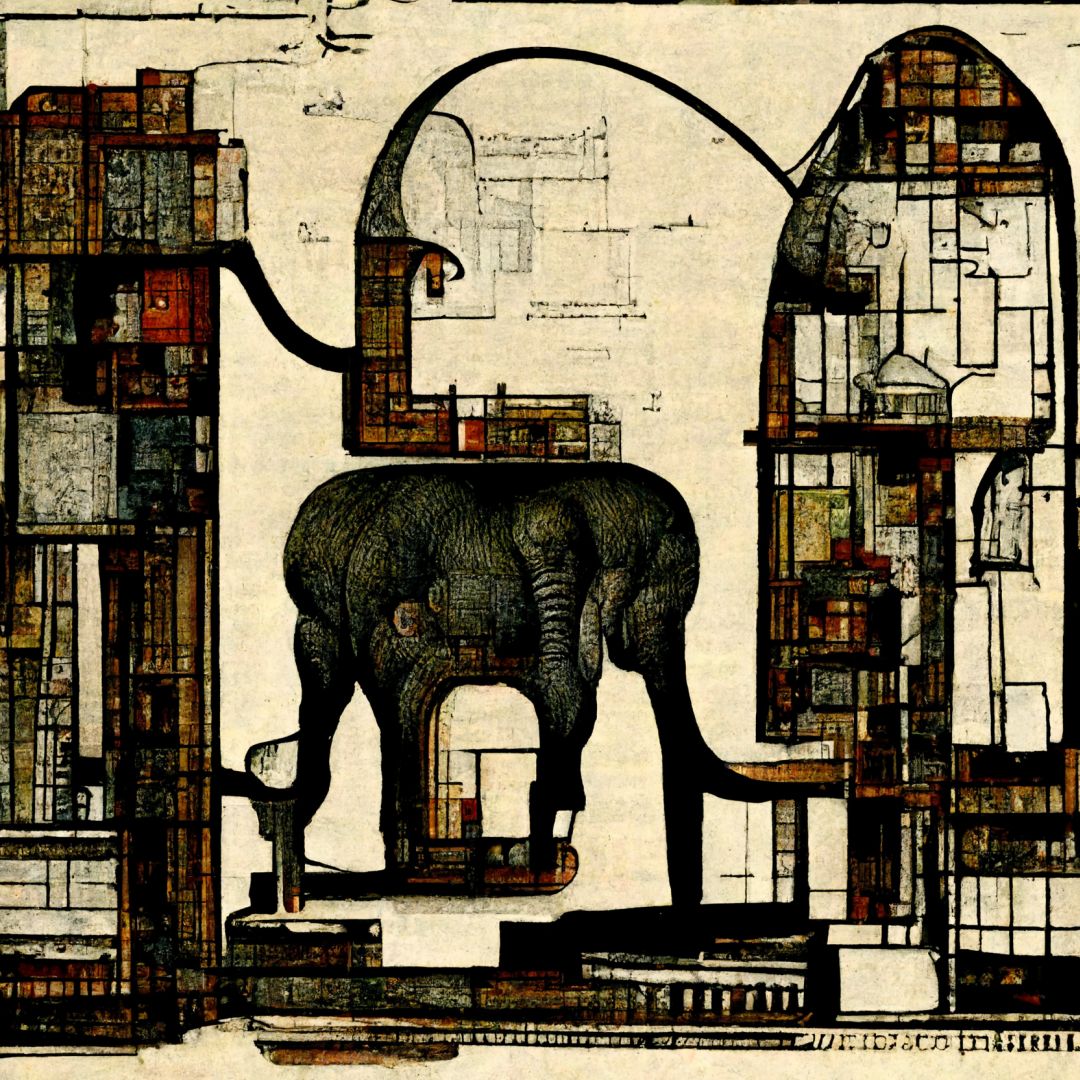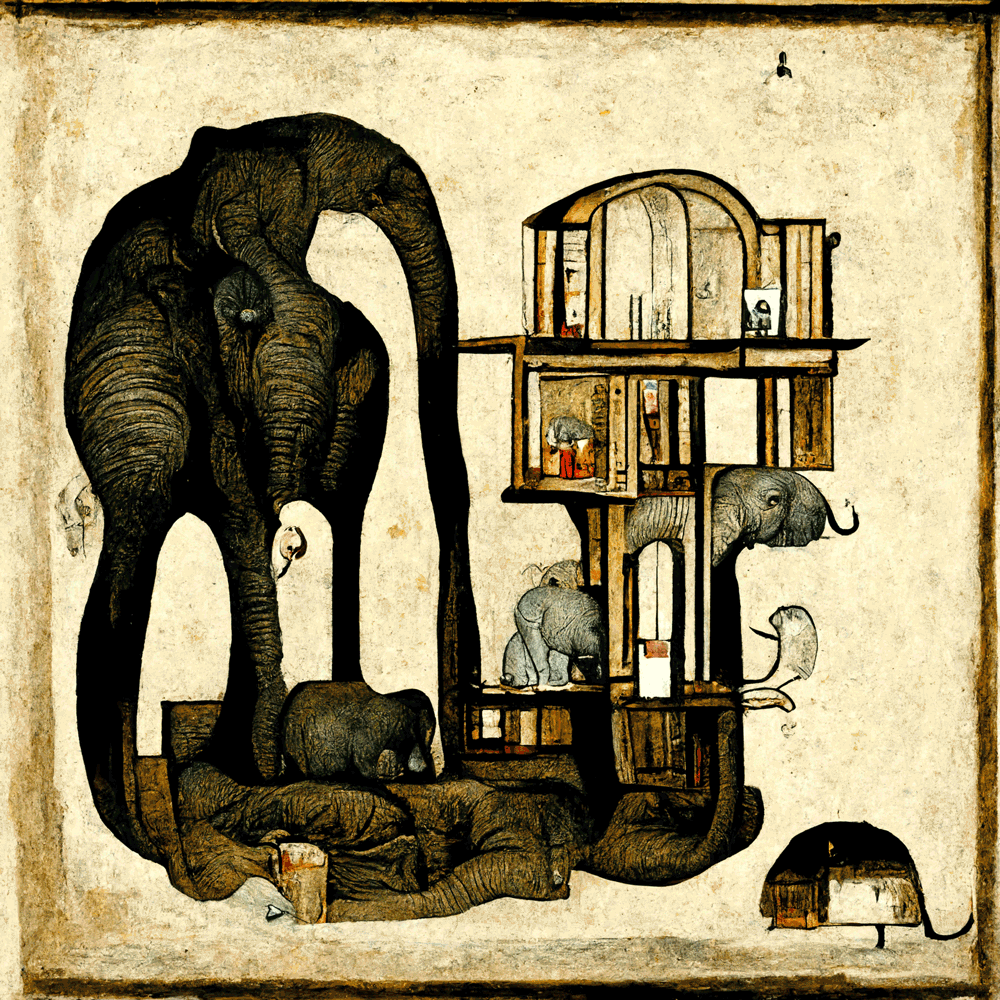Fieldstation Studio: Artificial Images
Master studio 2022-23, sem 1
Campus Sint-Lucas Ghent
Tutors: Michiel Helbig, Corneel Cannaerts
Engagement: Mediating Tactics
“No more drawings, only images. No more orthography, only telematics. No more points, only addresses. No more lines, only associations. No more geometry, only statistics. No more syntax, only source code. No more tectonics, only commands. No more machines, only apparatuses. No more subjects, only users. No more stasis, only animation. No more research, only search. No more contemplation, only transmission. No more representation, only presentation. No more perception, only sensation. No more aesthetics, only physiology. No more history, only archiving. No more future, only probabilities. No more signification, only signalization.”
John May, Everything Is Already an Image, Log 40, 2017.
Architecture is increasingly designed, constructed and experienced through digital media, which are technically speaking images[1]. Architects have mainly approached the digital as just another version of familiar tools for designing and producing architecture. We can trace the interests of architects in the digital from formal exploration with digital modelling software, over prototypical experimentation with digital fabrication and material articulation to the recent ventures into data driven design. However, predominately instrumental approach of digital technologies left architecture largely blind for the deep societal, environmental and cultural impact of digital technologies. Our houses, cities and environments have increasingly become saturated with digital technologies, to such a degree that they impact all aspects of our lives and are more noted by there absence then their presence[2]. Through social media, image and video sharing platforms, extended reality technologies are deeply impacting cultural production and consumption. While emerging technologies have become inextricably interwoven in the very fabric of our environments and permeates our visual cultures, architects seem to lack the capacities and tools, or even willingness, to engage this ubiquitous technological layer, this post-digital condition[3].
In his seminal essay Everything is Already an Image, John May argues that the terms drawing, image and photograph are often used interchangeable in architecture. While digital design media mimic drawings and photographs they have effectively become images, which he defines as energy levels measured at discrete intervals and stored as data. The computational nature of images allows them to be processed, calculated filtered, tagged and manipulated, they can be endlessly duplicated and transmitted and are inherently dynamic and transformable. This shift in architecture from drawing to image, does not just affects the speed and reversibility of design processes, but fundamentally impacts how architecture is represented, conceived and understood, May argues that we are a going from orthographic drawings to post-orthographic simulations. A similar argument is made by David Ross Scheer in his book The Death of Drawing: Architecture in the Age of Simulation, Sheer describes this shift as being part of a deeper cultural shift from representation to simulation. Architectural drawings operate based on a clear understanding of the difference between the drawn and the made, the representation and the represented. Simulations behave, at least temporarily or partly, as the simulated, aiming to close the gap between the simulation and the building.
The last months we have witnessed an increase in fidelity and accessibility of Artificial Intelligence and Machine Learning tools aimed at artists designers and architects. In particular the recent developments in AI for generating images from text prompts, with the release of Imagen, Midjourney, Dalle2 and Stable Diffusion. These models are trained on large sets of images, often scraped from the internet, and allow users to generate new images based on a textual description, and can lead to high-quality results, ranging from photo-realistic to highly stylised and artistic. A number of architects have been experimenting with these tools and explore what role these could play in an architectural design process.
In this edition of Fieldstation Studio we want to critically investigate the status and contemporary image production in architectural design, both their potential as media for design processes, as well the larger cultural shift from representation to simulation. We will do this through research, reading key texts, mapping references, establishing a lexicon, experimentation – a hands-on introduction in using computational design and artificial intelligence, and through developing speculative architectural design projects. We will build a collective body of work through individual assignments and group work.
This is the first edition of a trilogy of studios that will explore the post-digital in architecture, critically investigating the impact of emergent digital technologies on the practice and culture of architecture. Over the three editions we will explore the meaning of the post-digital for how we design, materialise and experience architecture, but also how architecture is affected, disseminated and discussed though visual cultures and media ecologies.
The Elephant in the Room or the Room in the Elephant, image generated by Midjourney bot based on L’Éléphant Triomphal by Charles-François Ribart (1785).
[1] Images can be technically defined as any form of energy, such as light, measured and stored as discrete data in a two dimensional array, they are inherently dynamic and can be calculated, managed, and manipulated through various statistical methods, see John May, Everything Is Already an Image, Log 40, 2017.
[2] The notion of the post-digital was first coined by Nicolas Negroponte in Beyond Digital, Wired, 1998.
[3] Florian Cramer, defines the post-digital as a recent disenchantment with digital technologies, and dissecting several dimension of the term and describes how cultural practices respond to this disenchantment. Cramer, F. (2015). What Is ‘Post-digital’?. In: Berry, D.M., Dieter, M. (eds) Postdigital Aesthetics. Palgrave Macmillan, London. https://doi.org/10.1057/9781137437204_2


